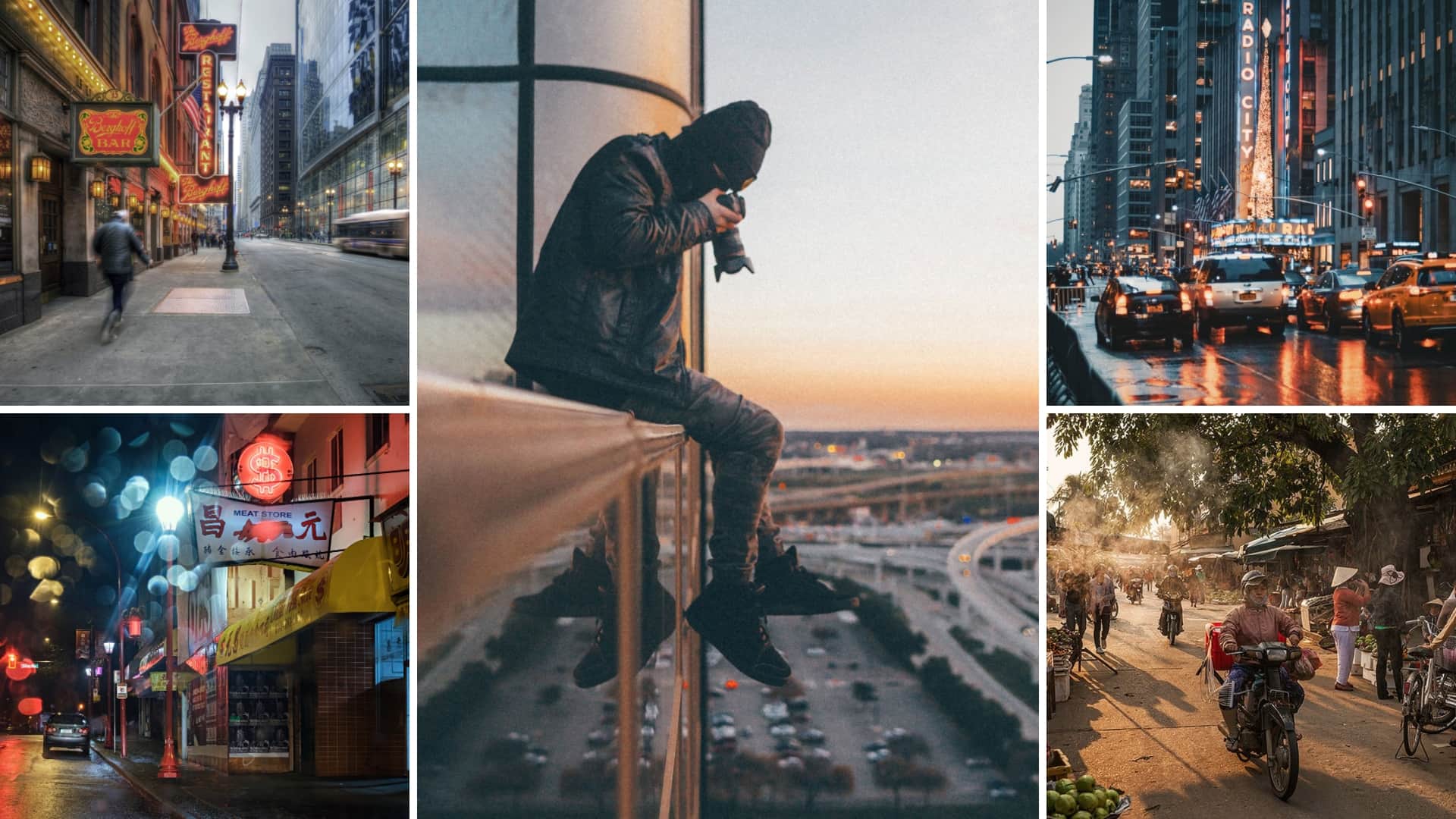Framing Streets - Questions
Wiki Article
6 Easy Facts About Framing Streets Described
Table of ContentsFraming Streets for DummiesFraming Streets Can Be Fun For EveryoneLittle Known Facts About Framing Streets.The Framing Streets StatementsGet This Report about Framing StreetsGetting My Framing Streets To Work
Digital photography style "Crufts Dog Show 1968" by Tony Ray-Jones Street digital photography (also sometimes called honest digital photography) is digital photography performed for art or questions that features unmediated opportunity experiences and arbitrary occurrences within public places, typically with the purpose of capturing pictures at a definitive or poignant moment by cautious framing and timing. 
The smart Trick of Framing Streets That Nobody is Discussing
Susan Sontag, 1977 Street digital photography can concentrate on people and their actions in public. In this respect, the road photographer is similar to social docudrama digital photographers or photographers who additionally function in public places, but with the goal of recording newsworthy occasions. Any one of these digital photographers' pictures may catch individuals and property noticeable within or from public locations, which commonly involves browsing moral issues and regulations of personal privacy, protection, and building.Representations of everyday public life develop a genre in almost every period of globe art, beginning in the pre-historic, Sumerian, Egyptian and early Buddhist art periods. Art taking care of the life of the road, whether within views of cityscapes, or as the leading theme, appears in the West in the canon of the Northern Renaissance, Baroque, Rococo, of Romanticism, Realistic look, Impressionism and Post-Impressionism.
Framing Streets - An Overview
Louis Daguerre: "Blvd du Holy place" (1838 or 1839) In 1838 or 1839 the initial picture of figures in the street was recorded by Louis-Jacques-Mand Daguerre in among a set of daguerreotype sights extracted from his studio window of the Blvd du Holy place in Paris. The 2nd, made at the elevation of the day, reveals an unpopulated stretch of street, while the various other was taken at about 8:00 am, and as Beaumont Newhall records, "The Blvd, so frequently loaded with a moving crowd of pedestrians and carriages was completely singular, other than an individual that was having his boots brushed.Consequently his boots and legs were well defined, yet he is without body or head, since these remained in activity." Charles Ngre, waterseller Charles Ngre. https://ameblo.jp/framingstreets1/entry-12836078313.html was the first photographer to obtain the technical class needed to sign up people in activity on the street in Paris in 1851. Professional Photographer John Thomson, a Scotsman collaborating with journalist and social activist Adolphe Smith, released Street Life in London in twelve month-to-month installments starting in February 1877
Framing Streets - An Overview
Eugene Atget is related to as a progenitor, not since he was the very first of his kind, however as an outcome of the original source the popularisation in the late 1920s of his document of Parisian streets by Berenice Abbott, who was inspired to carry out a similar documentation of New York City. [] As the city established, Atget aided to advertise Parisian roads as a worthy subject for digital photography.
The Main Principles Of Framing Streets
The chief Mass-Observationists were anthropologist Tom Harrisson in Bolton and poet Charles Madge in London, and their initial record was created as the publication "May the Twelfth: Mass-Observation Day-Surveys 1937 by over two hundred onlookers" [] Home window cleaner at Kottbusser Tor, Berlin, by Elsa Thiemann c. 1946 The post-war French Humanist Institution photographers found their subjects on the road or in the diner. Andre Kertesz.'s widely appreciated Images la Sauvette (1952) (the English-language edition was entitled The Decisive Moment) advertised the idea of taking an image at what he described the "definitive moment"; "when kind and content, vision and structure combined into a transcendent whole" - copyright a7iv.Little Known Questions About Framing Streets.
The recording device was 'a covert cam', a 35 mm Contax concealed beneath his coat, that was 'strapped to the upper body and linked to a long wire strung down the best sleeve'. Nevertheless, his work had little contemporary impact as due to Evans' sensitivities regarding the originality of his task and the personal privacy of his topics, it was not published up until 1966, in the book Several Are Called, with an introduction composed by James Agee in 1940.Helen Levitt, after that an instructor of young youngsters, connected with Evans in 193839. She recorded the transitory chalk illustrations - Street photography hashtags that were component of youngsters's street society in New York at the time, along with the children who made them. In July 1939, Mo, MA's new photography area consisted of Levitt's job in its inaugural exhibitionRobert Frank's 1958 publication,, was substantial; raw and typically out of focus, Frank's pictures examined mainstream digital photography of the moment, "challenged all the formal policies put down by Henri Cartier-Bresson and Pedestrian Evans" and "contradicted the wholesome pictorialism and heartfelt photojournalism of American magazines like LIFE and Time".
Report this wiki page